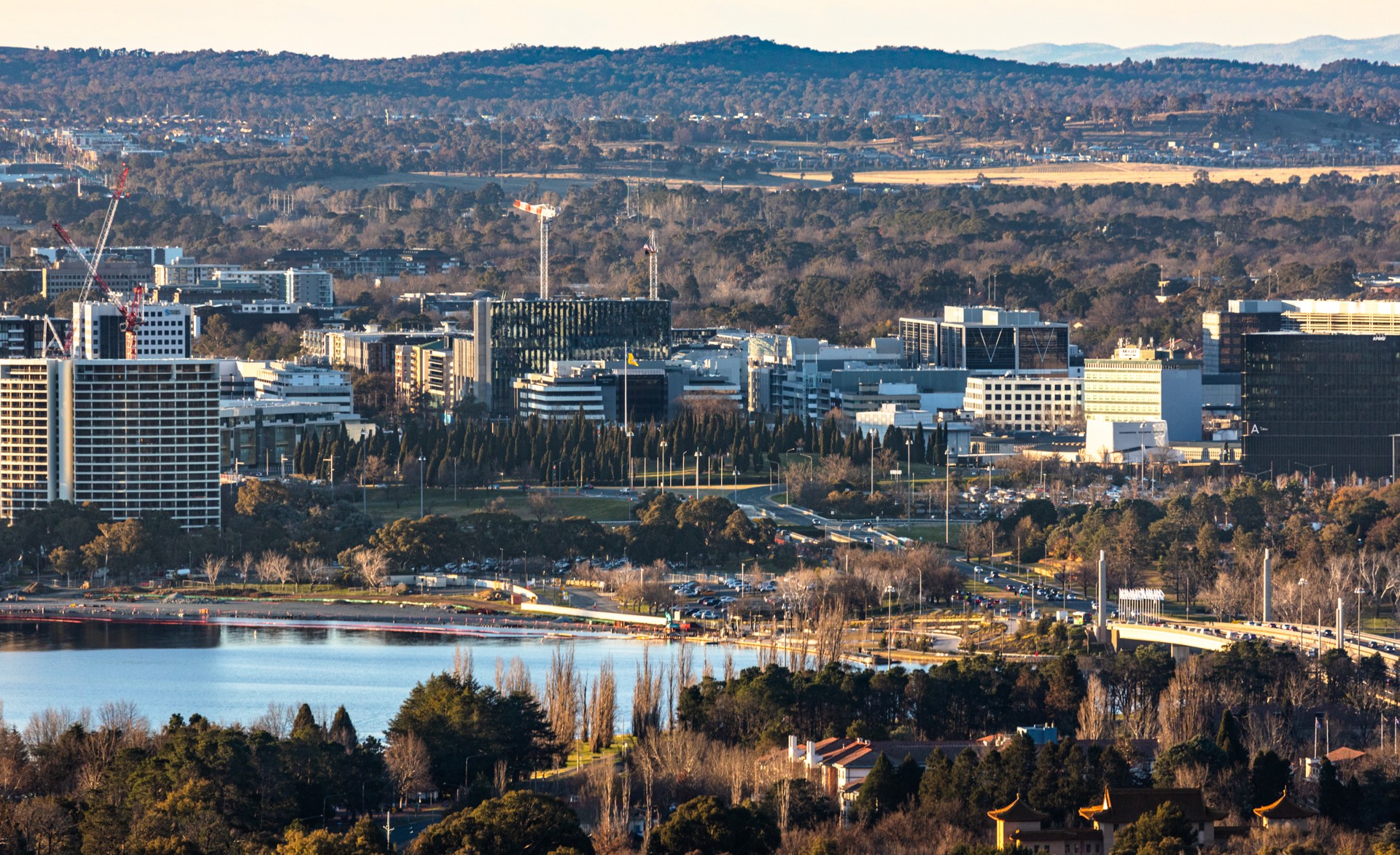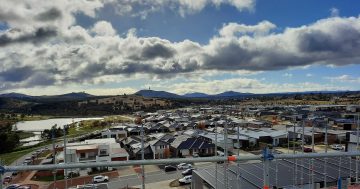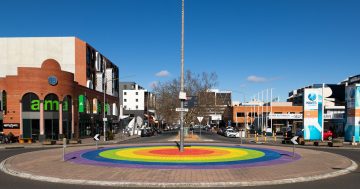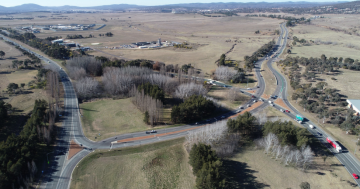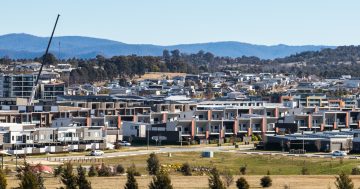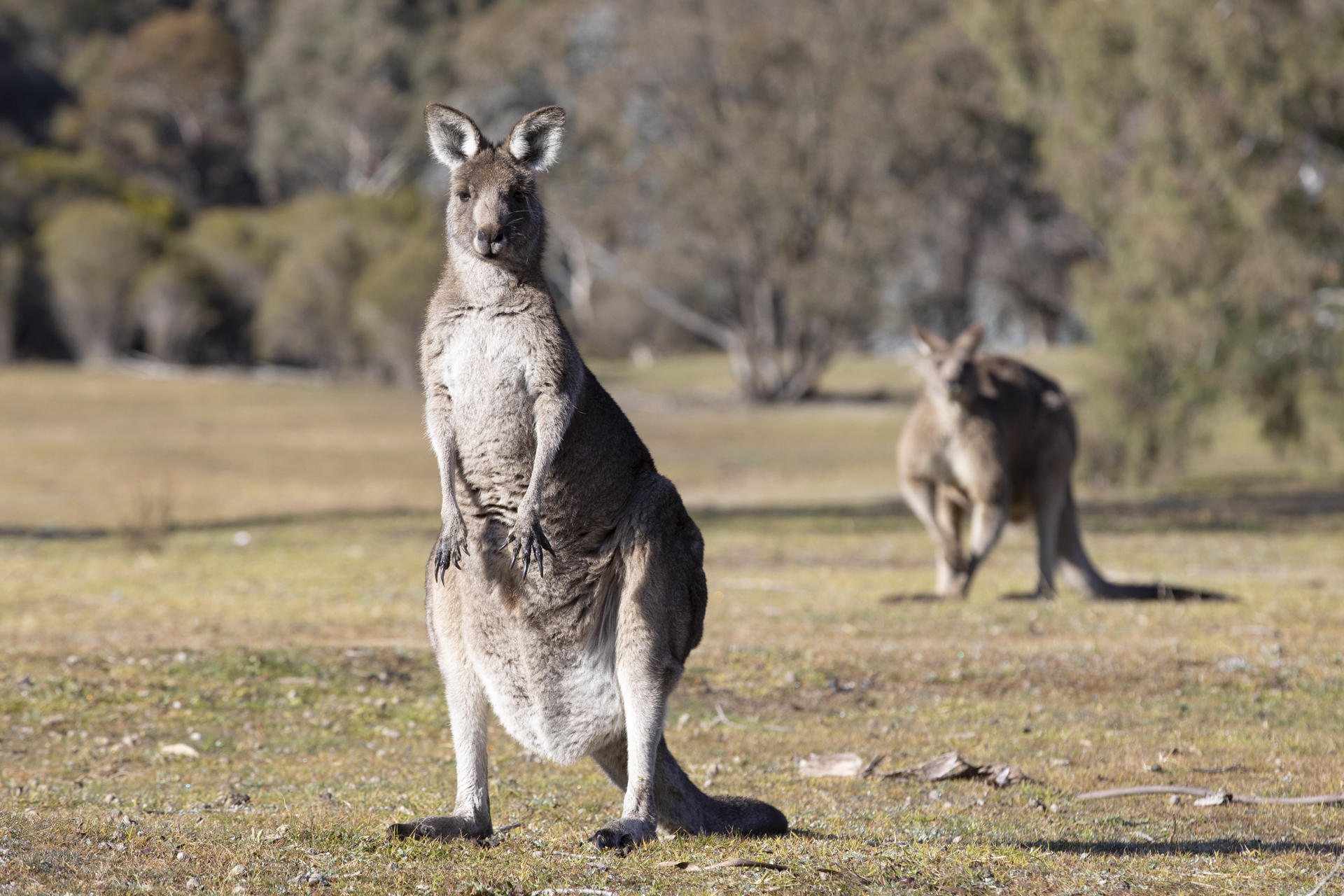Described as a small village on the outskirts of Canberra, the Gungahlin suburb of Hall is one of the few areas to record a population decrease in recent years. Now home to 271 residents, it features a rural feel, wide open spaces, and a history that dates long before the establishment of Canberra.
As one of the oldest regions of the ACT, let’s take a look at Hall over recent years.
Who lives in Hall?
A small population of just 271 people officially call Hall their home, according to the Census of 2016. This represents a drop on 2011 when the same region had a population of 332. Interestingly, that equates to less people per household with the number of properties not changing significantly over the course of five years. In 2011 there were 118 private dwellings in Hall and in 2016 there were 116.
With a median age of 45, those who live there are seven years older than the national norm and 10 years older than the Territory statistic, with 21% of the population aged over 65, and a further 21.3% aged younger than 15.
This indicates a population that has matured in recent years, with 2011 statistics recording 15.3% were aged over 65, and 23.4% were younger than 15.
Of those aged 15 and above, over half (57.5%) are married, 25.8% had never been married, 10.4% were either separated or divorced, and 6.3% were widowed.
Most (80.4%) live in family households, while 19.6% live alone. A small majority (50%) of these family households comprise couples with children, 42.5% are couples without children and 7.5% are single parent homes.
How Hall fares financially
With a median weekly household income of $2055, Hall residents earn well above the national norm of $1438 but slightly less than the ACT figure of $2070. Meanwhile 26.7% have a gross income of above $3000 a week, compared to 16.4% nationally and 28.4% in the ACT.
But they’re earning less than they were in 2011 when the median income was $2225 a week. This was $1000 above the national norm and $300 a week more than the Territory figure at the time. In 2011, a stunning 36.5% of Hall residents had a gross income of above $3000 each week, while the national statistic was 11.2% and the ACT figure was 23.7%.
Some residents now also have far less change in their pocket each month than they did in 2011. At that stage the monthly median mortgage repayment for Hall was just $1300 ($500 less than the Australian statistic and more than $800 less than ACT figure). By 2016 monthly mortgage repayments had skyrocketed to $2167 (over $400 more than the Australian median, and $100 more than the ACT statistic).
On the flipside, renters in the suburb are forking out less each week than they did in 2011. In 2011 tenants paid a median weekly rental fee of $375 (almost akin to the ACT figure of $380, and $90 more than the national statistic). In 2016 this dropped to $315 ($65 less than the ACT figure and $20 less each week than the national statistic).
How Hall residents live
Mortgage repayments might have risen, but the reality is it affects less than a third of the residents (or 29 households) in Hall. Only 31.5% own their home with a mortgage, an astounding 48.9% own their property outright, and 19.6% rent.
This indicates a slight rise in mortgage holders and a decrease in renters since 2011. At that stage 47.6% owned their property outright, 23.3% had a mortgage, and 25.2% rented their homes.
Meanwhile, the properties people own or rent are generally large. Most (87.9%) are separate houses, while 12.1% are semi-detached. This figure remained relatively unchanged between 2011 and 2016 as few, of any, new homes were built in Hall.
Over half (55.9%) of these properties have four bedrooms or more, 23.5% are three bedrooms, 13.7% have two bedrooms, and 6.9% are one-bedroom abodes
Where Hall residents come from
Very few Hall residents were born overseas, with 84% recording Australia as their country of birth. Of the few who were born elsewhere, the most common countries of birth were England (5.6%), New Zealand (2.6%), Scotland (1.9%), Germany (1.1%) and United States of America (1.1%).
Again, this reflects little change on 2011 when 82.3% of people were born in Australia, and the most common alternative countries of birth were England (5.7%), United States of America (2.4%), Germany (1.2%), New Zealand (1.2%) and Poland (1.2%).
The final word
Hall features the interesting distinction of being a suburb where the population is marginally smaller than it was in 2011, but housing has changed little during the past few years.
In the meantime, it remains a suburb that is comfortable in its financial stature, rural in its outlook and still holds the firm position as one of the ACT’s historic gems.



